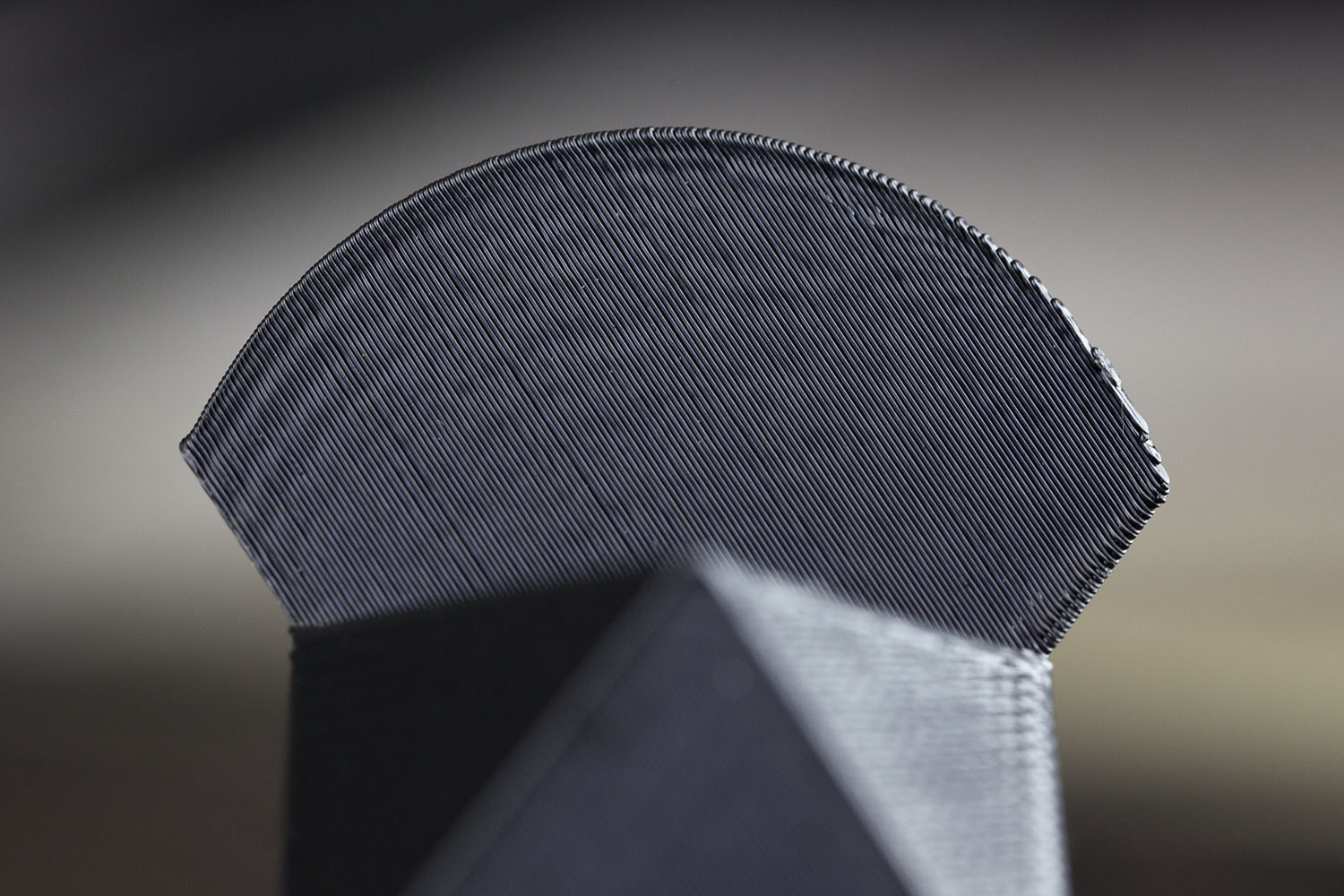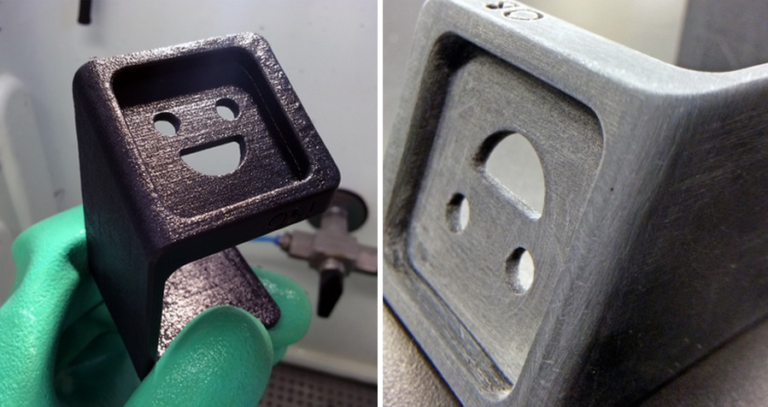About the material
PETG (Polyethylene terephthalate glycol) is a useful 3D printing material for mechanical early-stage prototypes. It’s a great option that merges the cost-effectiveness of PLA and functionality of ABS. Although not ideal for aesthetics, this material is known for its impact resistance, warpage resistance, low shrinkage rate and high head deflection temperature. Printers typically run at a slower speed for this material, so it does have improved tolerance capabilities considering it’s a hobbyist-level material.


